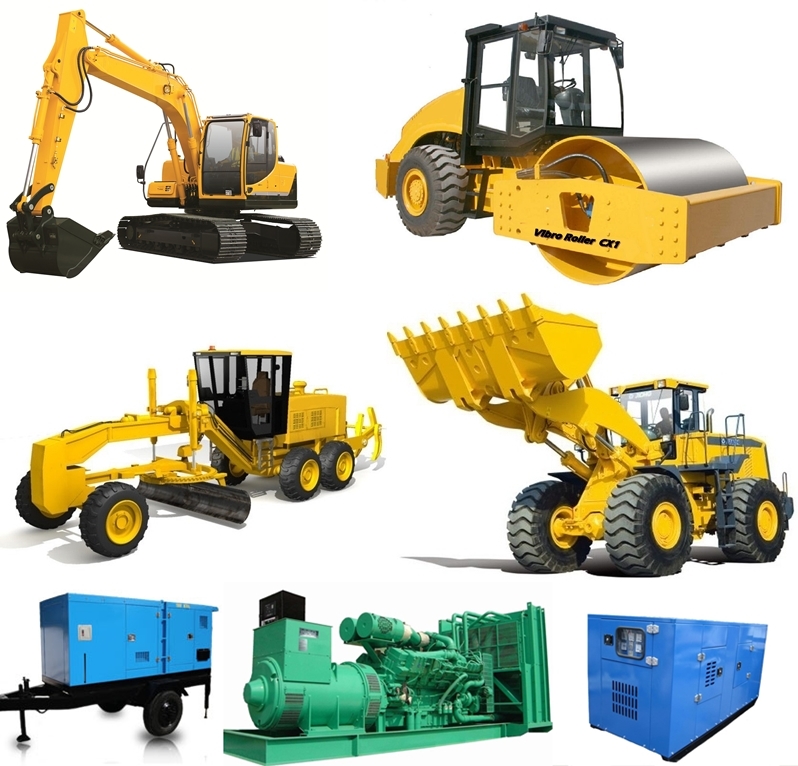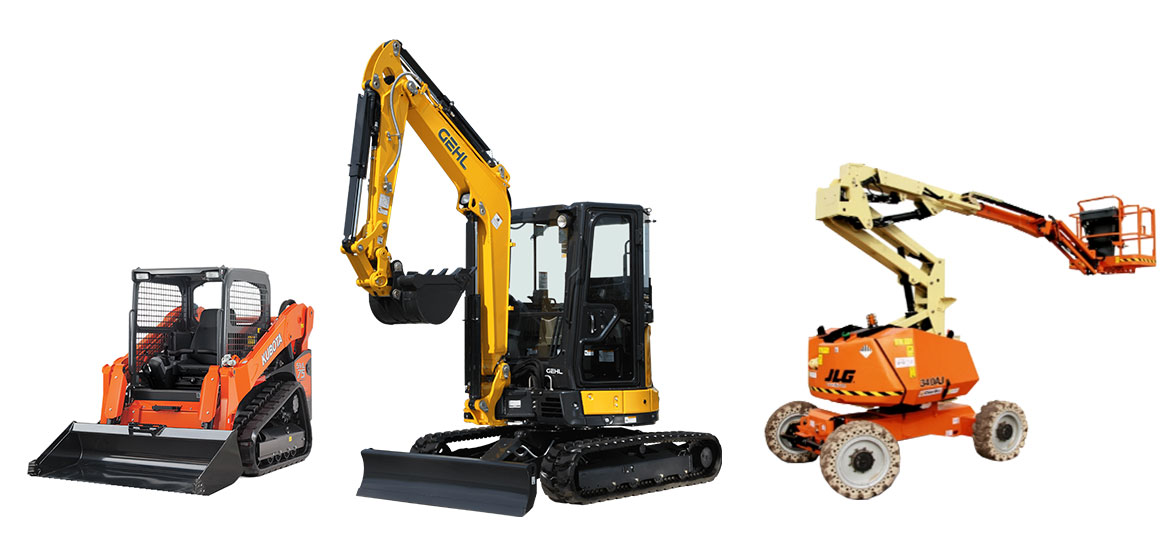Optimize Your Budget Plan by Comprehending the Expenses Connected With Building Tools Leasings
Comprehending the complete extent of expenses associated with construction equipment rentals is important for optimizing your budget plan. What techniques can be employed to efficiently handle these expenses and make certain an extra reliable rental experience?
Summary of Rental Costs
When considering construction devices services, recognizing the associated expenses is vital for efficient budgeting and project preparation. Rental prices can differ substantially based on several aspects, consisting of tools kind, duration of service, and place. The first rental charge usually reflects the equipment's market demand and its linked functional capacities, influencing the overall cost.
Along with the base rental rate, secondary expenses may occur, such as transportation costs, gas surcharges, and upkeep fees. It is important to make up these additional expenditures to precisely evaluate the total expense of renting tools. The rental duration can influence rates; longer services might certify for reduced prices, while short-term rentals could sustain higher everyday costs.

Break Down of Rental Prices
An extensive understanding of rental rates is vital for contractors and task supervisors intending to enhance their spending plans. Rental rates for building and construction devices commonly include several components, including base rates, time-based charges, and use fees.
Base prices are the core charges linked with the leasing of the equipment, usually identified by the type and size of the machinery. These rates can differ significantly, affected by aspects such as equipment demand, accessibility, and local market patterns. Time-based fees, which might be daily, weekly, or monthly, offer to accommodate various task timelines and rental durations.
Additionally, rental prices may include use charges, which apply when equipment is made use of beyond a defined threshold, guaranteeing that the rental business can make up wear and tear. Seasonal demand fluctuations can additionally impact rental rates, with peak building periods usually regulating greater rates.
Furthermore, understanding the rental company's policies concerning maintenance and insurance coverage can provide further understanding into the total expense framework. By analyzing these parts, professionals can make enlightened decisions, making sure the choice of rental equipment lines up with both job requirements and budget restrictions.
Additional Costs to Consider
Understanding the intricacies of added charges is vital for contractors to manage their overall rental expenditures successfully. Past the conventional rental prices, numerous supplemental costs can substantially impact the total cost of equipment leasing. These costs often include distribution and pickup fees, which can vary based upon distance and logistics associated with Full Article moving the equipment to and from the work site.
In addition, some rental business might impose fuel surcharges if the equipment is returned with less fuel than when rented out. It is additionally necessary to be conscious of potential cleansing charges, especially for specific equipment that calls for detailed upkeep after use.

Completely examining the rental agreement and making clear these added fees in advance can aid professionals avoid unanticipated expenses and make certain that budgets continue to be intact throughout the task lifecycle.
Repair And Maintenance Expenses
Normal maintenance and fixing expenses are often ignored elements that can substantially affect the overall expense over here of construction tools rentals. When leasing tools, it is vital to take into consideration not only the rental costs however also the prospective expenses connected with maintaining the machinery in optimal operating problem.
Numerous rental business consist of standard maintenance as part of the rental agreement; nevertheless, much more considerable repair work or unanticipated malfunctions can cause added costs. It's important to evaluate the rental agreement very carefully to recognize what maintenance solutions are covered and what duties drop on the occupant.
In addition, equipment that is not well-maintained can result in inadequacies on duty site, potentially triggering hold-ups and increasing project prices. To minimize these dangers, it is a good idea to carry out routine examinations and maintain open communication with the rental carrier relating to any concerns that develop throughout use.
Insurance and Responsibility Costs
Insurance policy and obligation costs are important elements that can significantly affect the general expenditure of building tools leasings (dozer rental). These costs make certain that both the rental business and the see client are protected from potential monetary losses arising from accidents, damages, or theft throughout the rental period

Additionally, customers need to be conscious of any type of deductibles or exclusions in the insurance coverage plan, as these can affect prospective out-of-pocket expenses. Comprehending the conditions of any type of insurance policy coverage is crucial to avoid unforeseen prices. Ultimately, budgeting for insurance policy and liability costs can aid make sure a smoother rental experience and secure versus financial dangers linked with building jobs.
Verdict
In verdict, a thorough understanding of the prices linked with building devices leasings is vital for efficient budget management. Ultimately, educated decision-making pertaining to devices leasings contributes to the overall success of construction endeavors.
Rental prices can differ substantially based on a number of elements, including tools kind, duration of rental, and location (aerial lift rental). The rental duration can influence prices; longer rentals might certify for reduced rates, while temporary leasings may sustain greater daily costs
By carrying out comprehensive study and involving with respectable rental companies, service providers can properly navigate the intricacies of rental rates, eventually optimizing their monetary sources.
Beyond the standard rental prices, various extra charges can significantly affect the total expense of tools leasing. Rental firms commonly offer responsibility insurance coverage that covers injuries to 3rd parties or damage to building, while tools damage insurance can cover the expense of repair work or substitute if the leased tools is damaged.